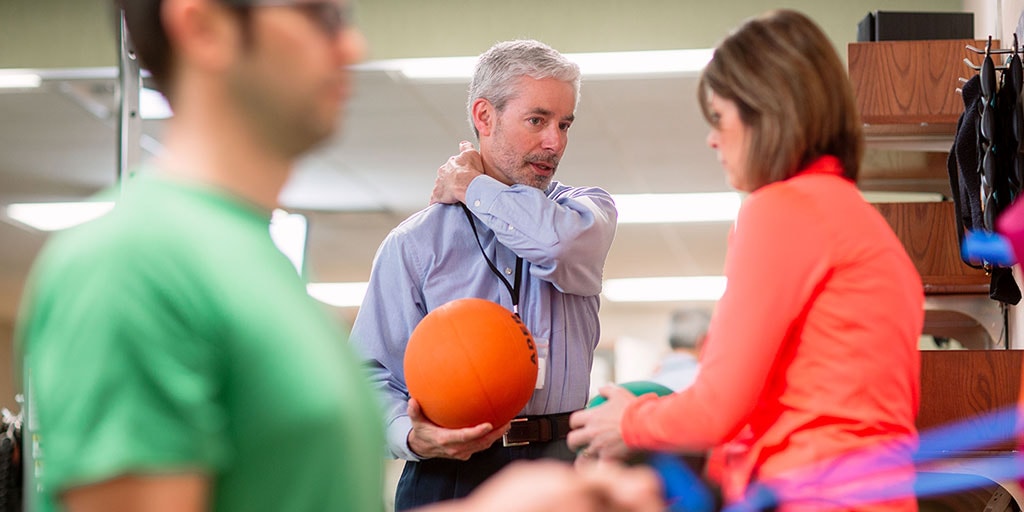The Essential Impact of Resistance Exercise on Enhancing Rehabilitation and Performance in Athletic Rehabilitation
Wiki Article
Strength training plays a crucial part in athletic recovery, assisting athletes recover from traumas and improve their general capabilities. When an athlete sustains hurt, their body needs time to recover. However, during this recovery period, it is crucial to preserve strength and flexibility to prevent further injuries. Strength conditioning can be customized to fit the requirements of each individual, concentrating on specific muscular groups that may have been affected by the trauma. This targeted approach not only aids in rehabilitation but also readies the athlete to come back to their activity stronger than previously.

One of the main advantages of resistance training in recovery is its ability to improve muscle strength and stamina. When muscular tissues are stronger, they can more effectively support joints and reduce the chance of recurrence of injury. For example, an individual recovering from a leg injury can benefit from workouts that fortify the quadriceps and back thigh muscles. These muscles play a crucial role in supporting the knee articulation. By including strength conditioning into their rehabilitation plan, individuals can regain their power more effectively and safely.
In furthermore to developing strength, resistance training also enhances flexibility and scope of movement. Many traumas can lead to stiffness in the injured area, causing it difficult for athletes to navigate freely. Resistance training exercises often involve extending and lengthening the muscular tissues, which can assist restore mobility. For instance, adding resistance straps or weights into flexibility routines can improve the effectiveness of these exercises. As mobility improves, athletes can execute actions more effectively, which is crucial for optimal capabilities in their sport.
Another important aspect of strength conditioning in sports recovery is its positive impact on mental well-being. Healing from an trauma can be a challenging and frustrating experience for individuals. Participating in strength training can provide a sense of accomplishment and boost self-esteem. As individuals see improvements in their strength and abilities, they may experience more driven to continue their rehabilitation journey. This psychological uplift can be just as important as the physical advantages, as a positive attitude can result to improved outcomes in recovery.
Finally, resistance conditioning can assist athletes transition back to their activity more seamlessly. Once they have regained their strength and flexibility, athletes must to rehearse activity-specific actions to ensure they are ready for contests. Resistance training can be integrated with activity-specific exercises to create a comprehensive rehabilitation plan. This blend allows athletes to not only recover but also enhance their capabilities. By concentrating on both recovery and performance, resistance conditioning becomes an essential tool in the recovery journey, helping athletes come back to their sport more try this out robust and more resilient.